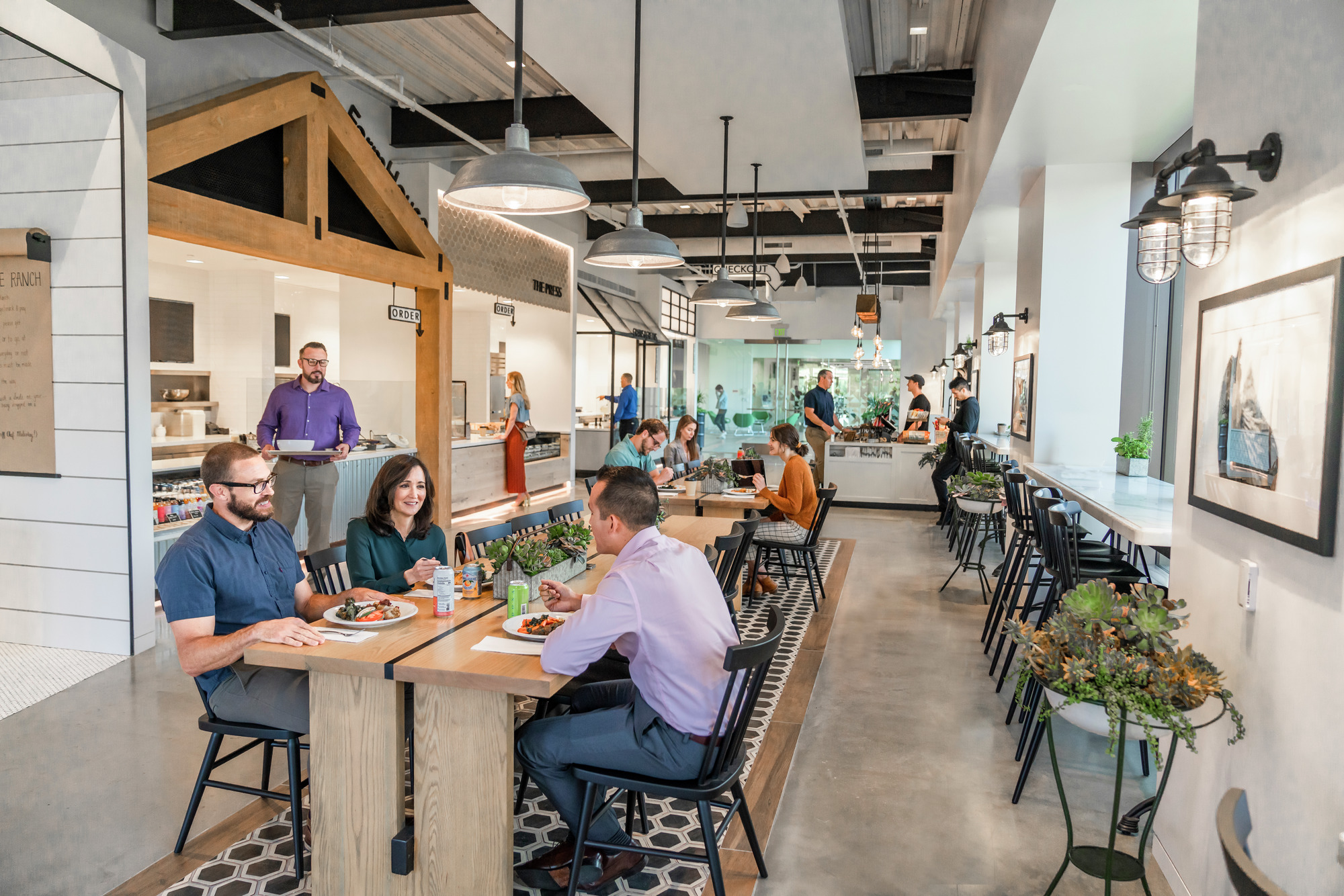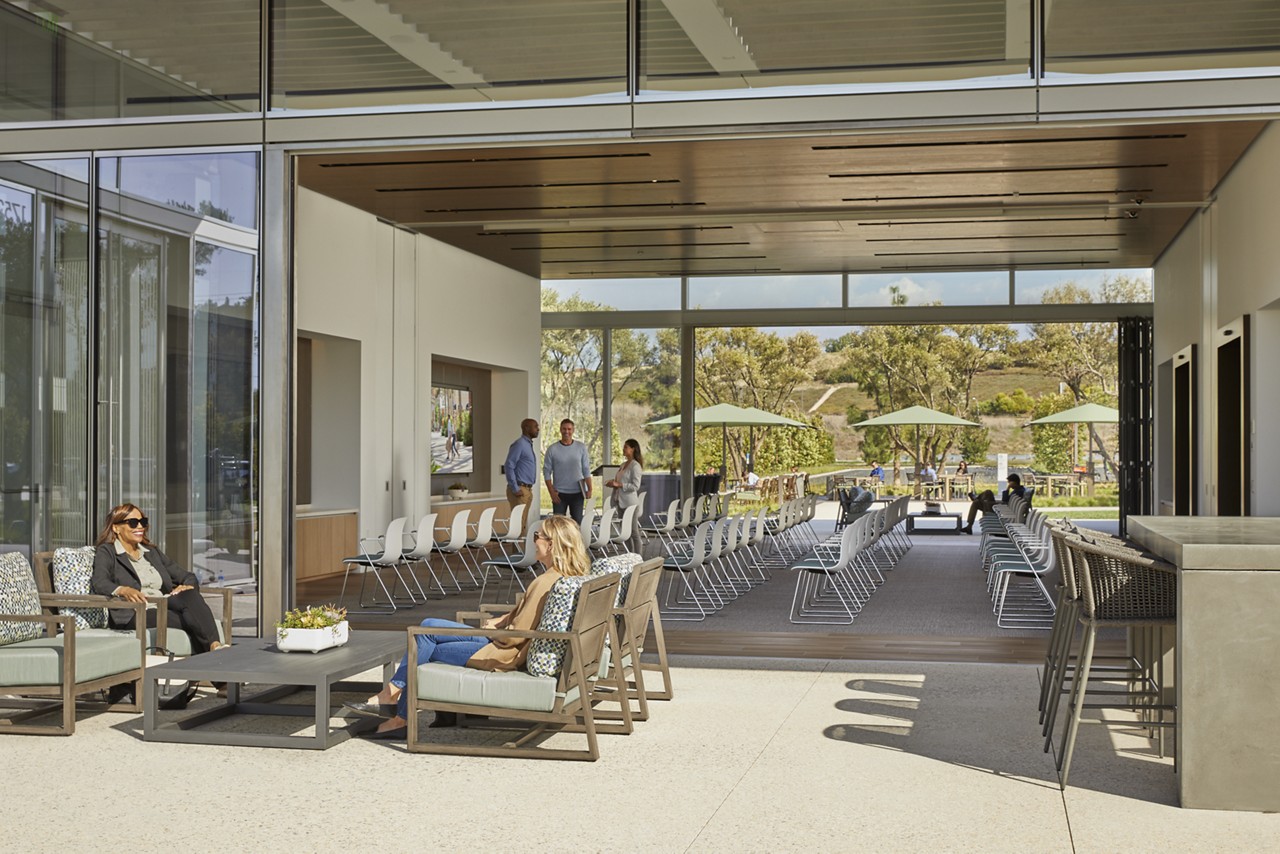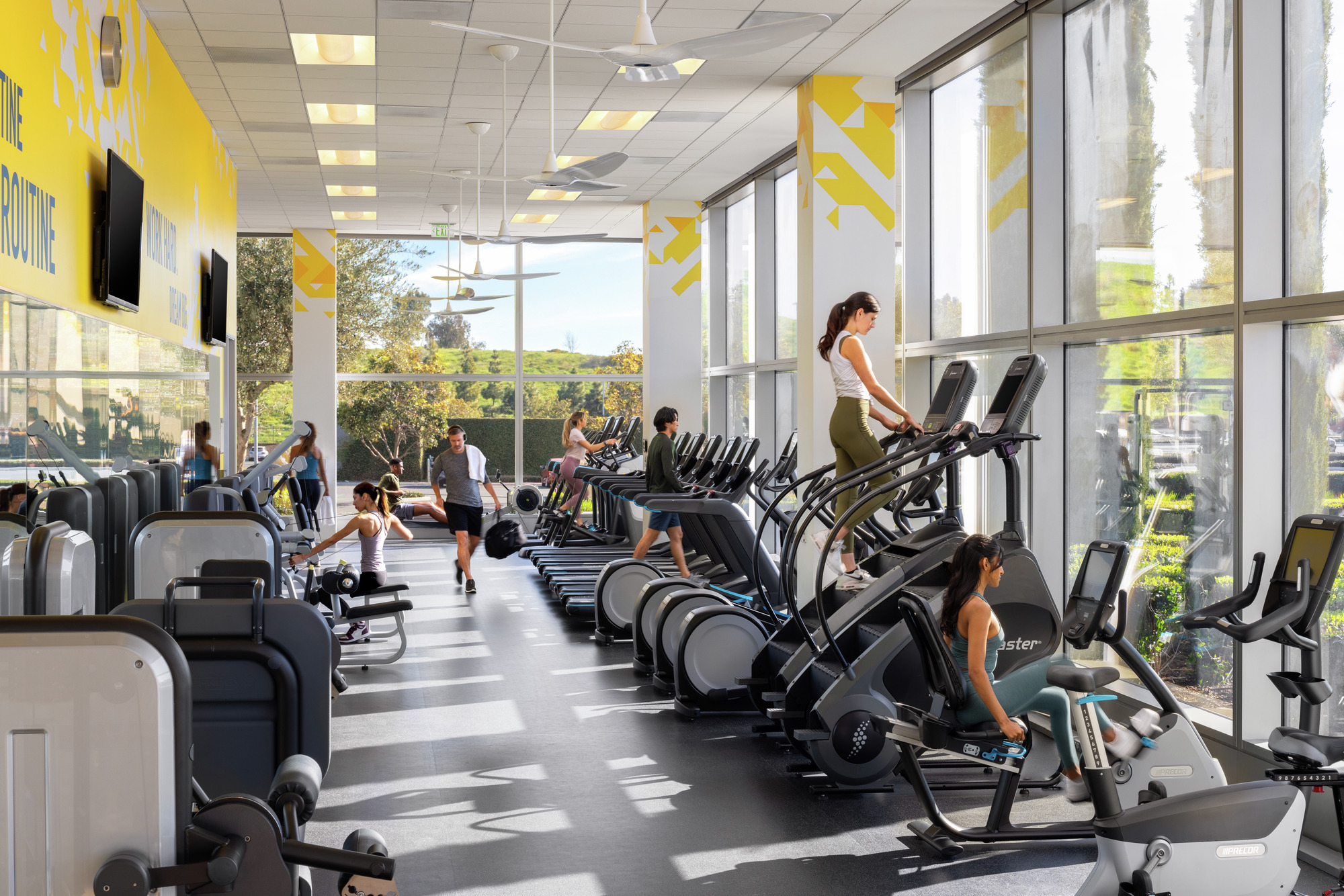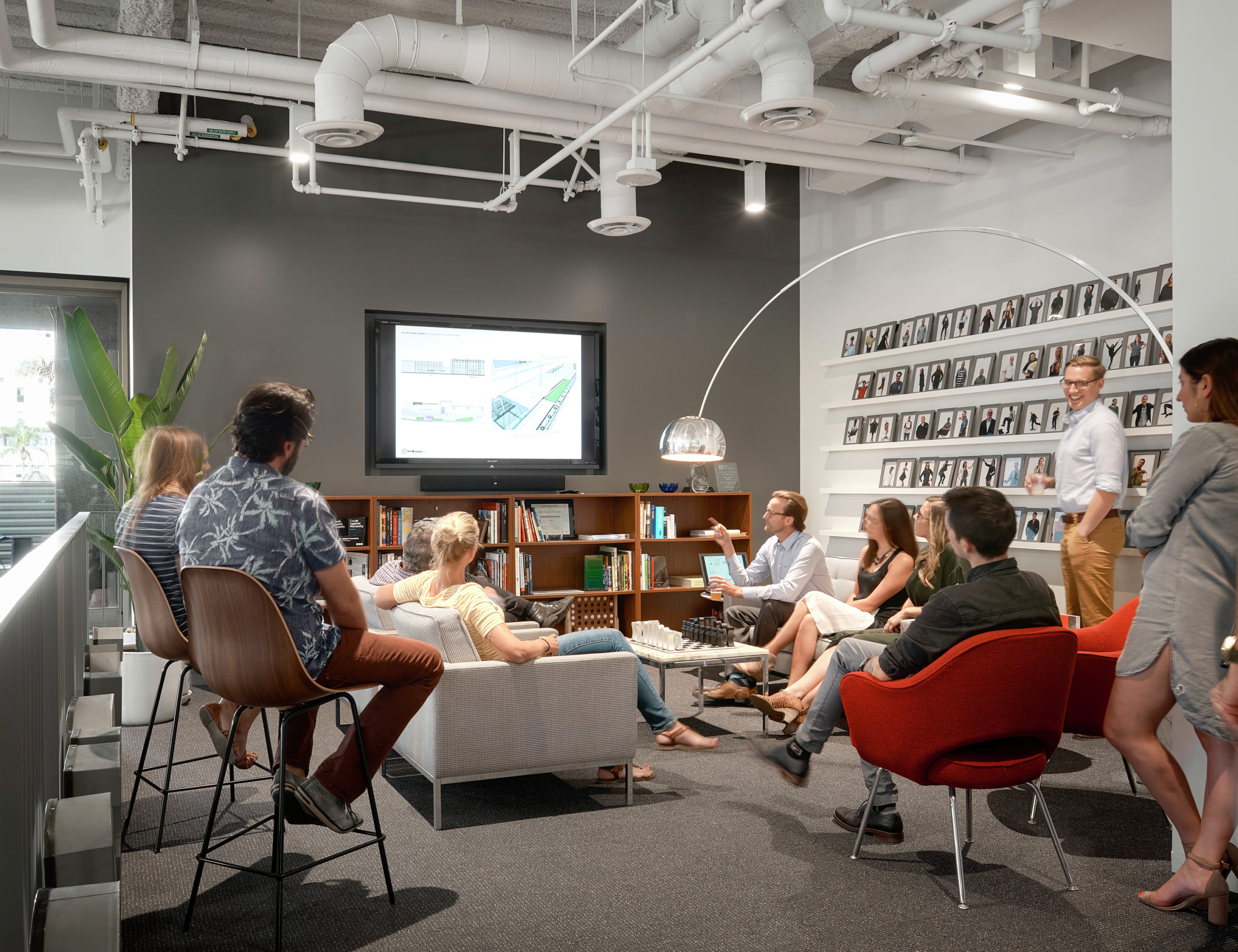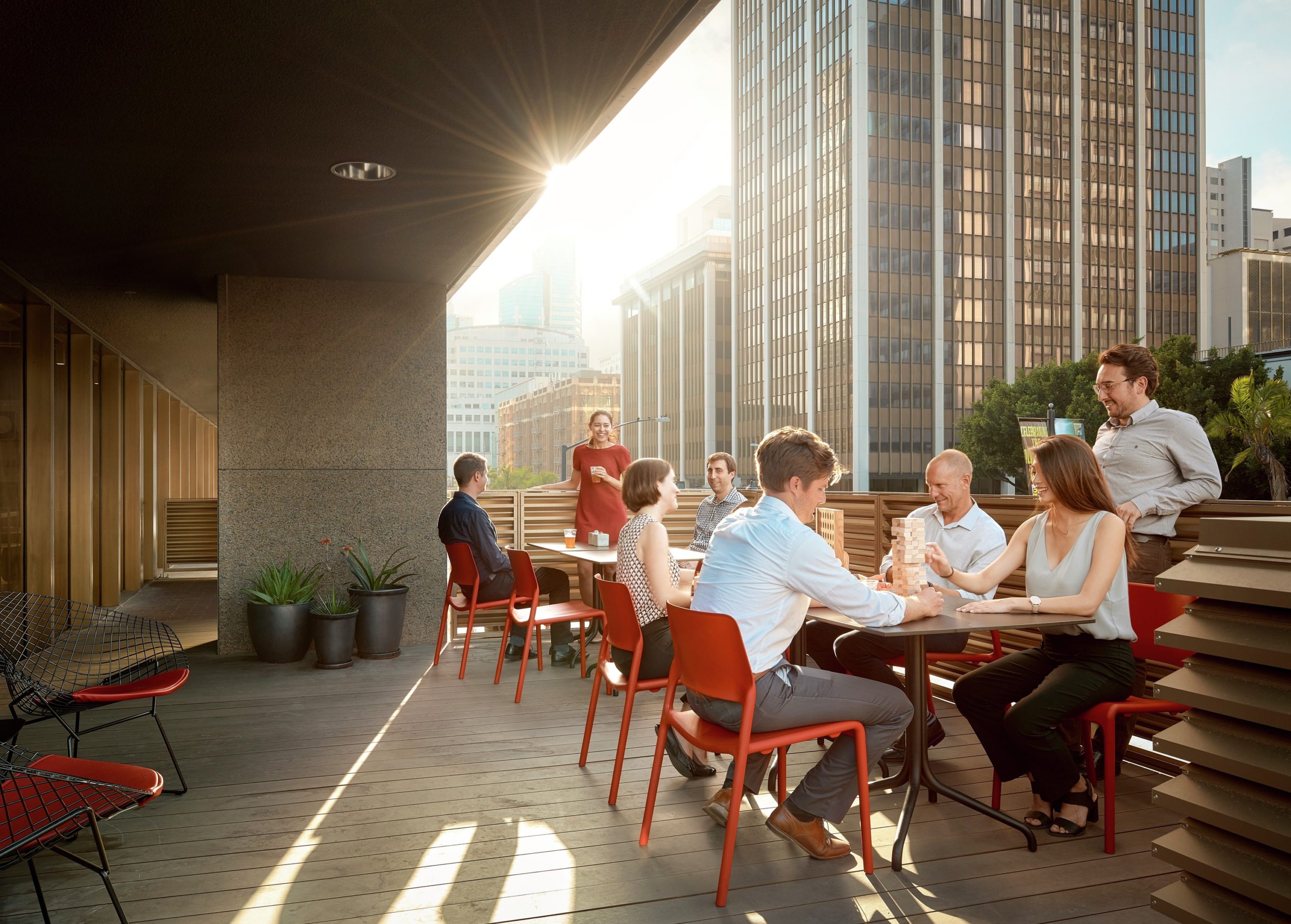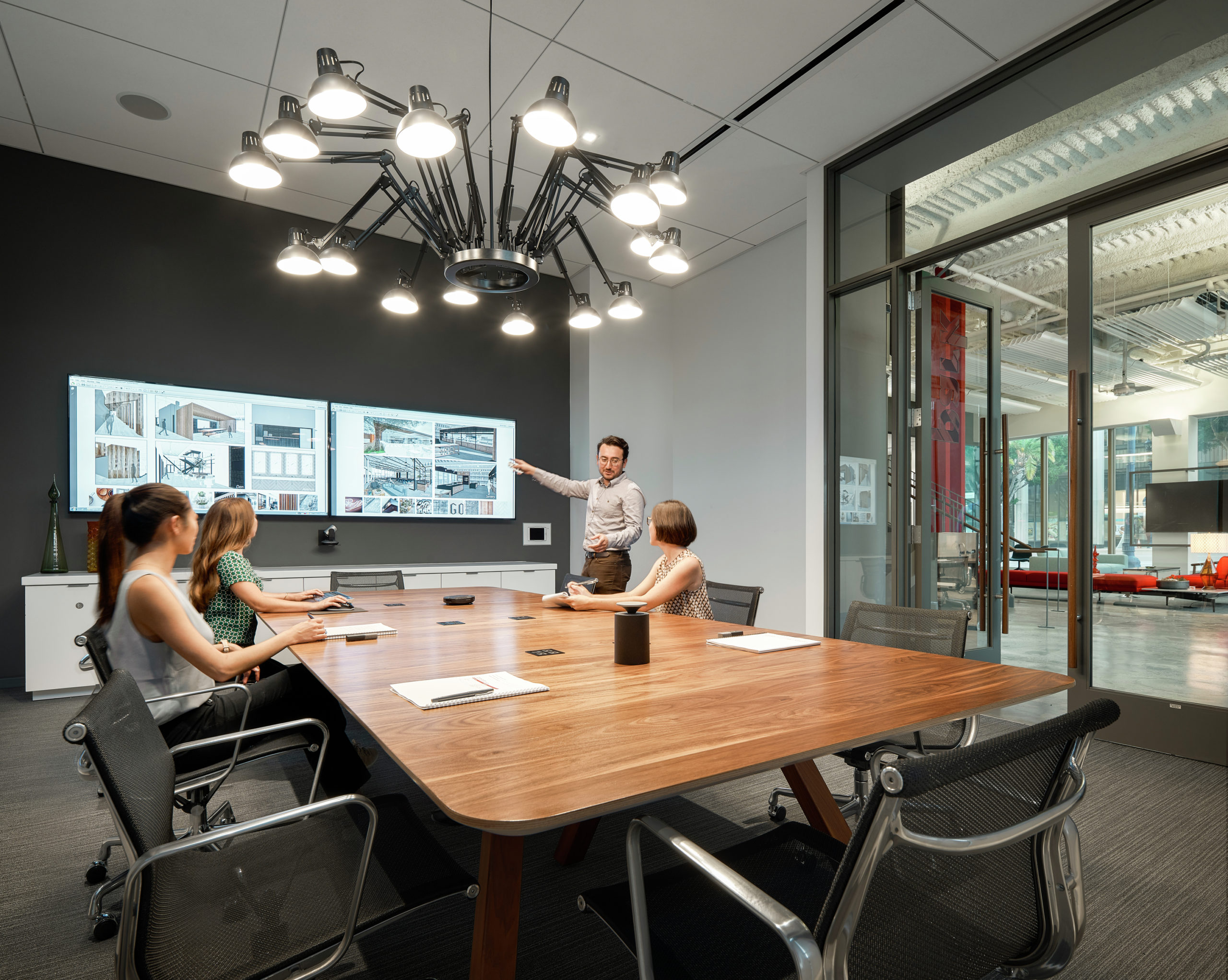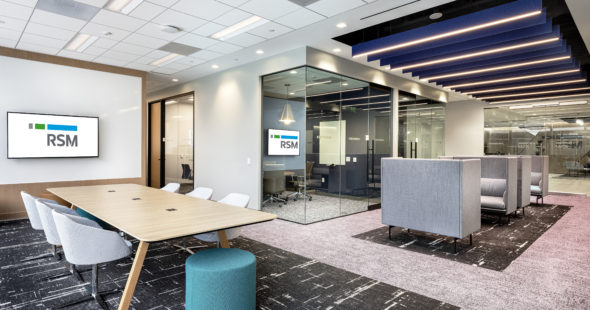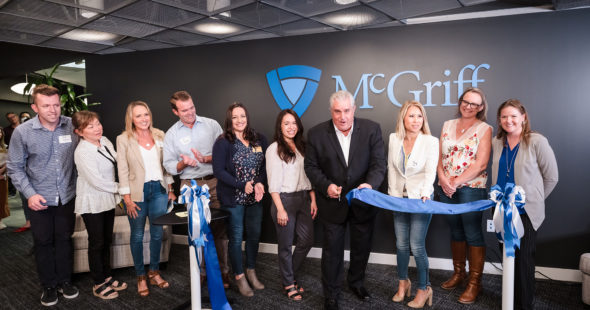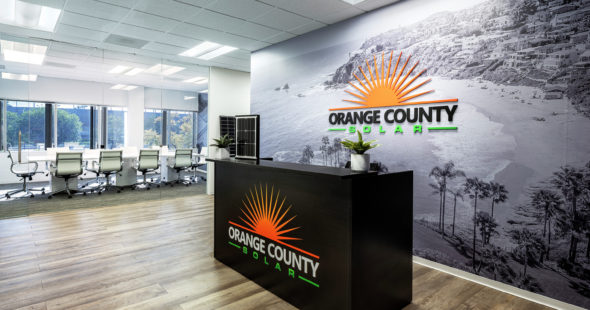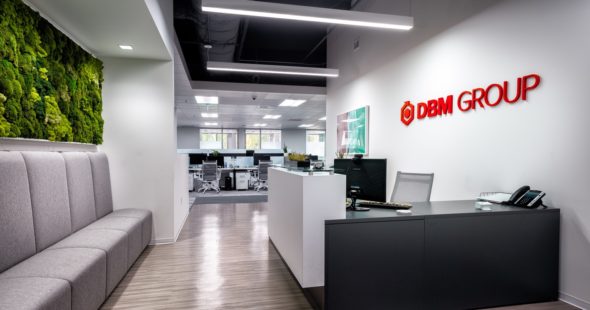How are companies reimagining their offices for a new way of working?
That’s the question Irvine Company’s Mike Bennett posed to a panel of industry experts and business leaders from Gensler, First American, Inari Medical, Green Street and RSM earlier this month. These leaders shared how they’re crafting their go-forward strategies by embracing experimentation and creative solutions that balance functionality with flexibility.
We’ve distilled these insights into five key takeaways:
- Returning to the office isn’t a date, it’s a process.
Data shows that employees view workplace flexibility as equivalent to an 8-10% pay bump, according to Green Street Senior Analyst Danny Ismail. Employees are seeking autonomy over when, where and how they work–– and the right return-to-office process supports this. Use the office to facilitate aspects of work that can’t be replicated at home.
That’s what Inari Medical COO Drew Hykes and his team have done. Rather than adhering to a rigid schedule, they’ve been flexible in their return approach, ensuring teams that needed to be in the office such as R&D and manufacturing, could be safely together. As their return plans expanded to include more employees, they prioritized the aspects of being together – candid conversations, easier innovation – that can only happen in the office.

- The office is more than a physical location; it’s a tool for success.
The office is more than just a place where work happens–– it’s a tool that helps this work be accomplished. This means understanding how your workplace can help employees be more collaborative, innovative and productive with a physical layout that mirrors how teams work.
Rather than guessing what employees need from their workplace to be successful, First American VP & Director of Corporate Real Estate Elise Luckham encourages leaders to engage their teams from the ground up. Our needs have changed over the last few years, and employees don’t want to walk into an office environment that feels identical to the one they left pre-pandemic. By inviting participation in the redesign process, employees feel ownership in the outcome and are more excited to use their workspace to its fullest potential.
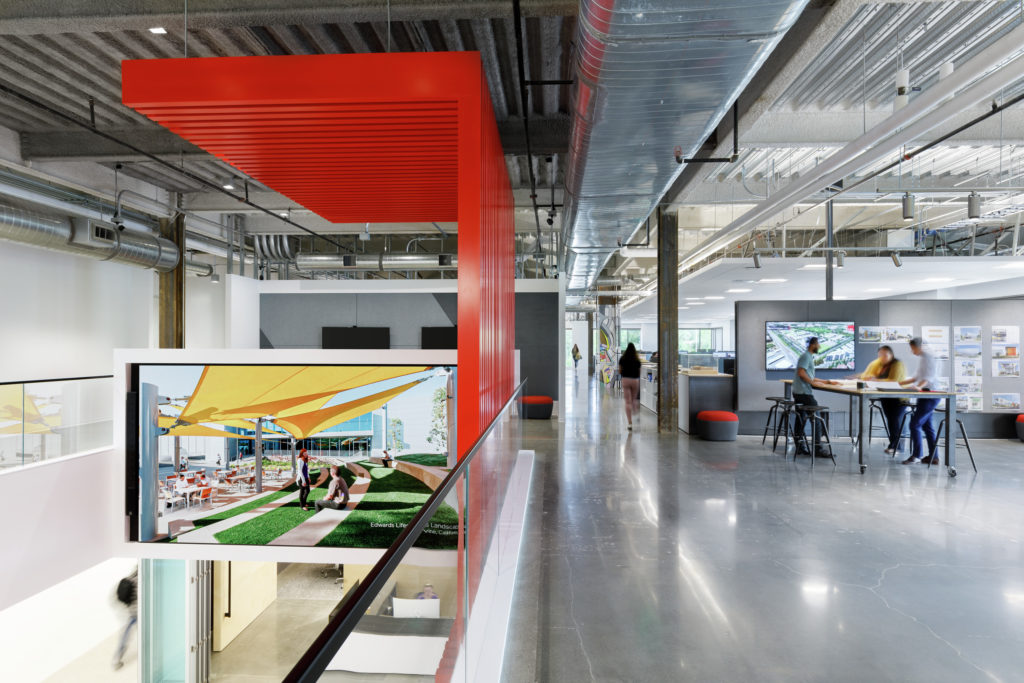
- Highly-amenitized spaces are in top demand.
Occupancy counts may be lower than pre-pandemic, but Danny Ismail says companies aren’t downshifting their space requirements. In fact, the opposite is true; we’re seeing a “flight to quality” as companies are eager to deliver highly-amenitized spaces. When employees are in the office, they want to have the most enjoyable experience possible –– and the right workplace is key to delivering this.
Danny predicts that high-quality, on-site dining will become the most sought-after amenity. After all, as Danny points out, why come into the office if you have to then drive 20 minutes just to find lunch? More than just a daily catered lunch, employees crave the accessible variety that on-site cafes with chef-inspired cuisine and craft coffee can deliver.
- The office is the new social hub.
As companies reimagine their workplaces, facilitating social connection is a top priority. Increasingly, the workplace is not just an office but an event venue. Events are the foundation of company culture and are crucial to engaging employees, especially if teams continue to be on rotating schedules or some employees remain fully remote.
Look for informal socialization opportunities, too. Gensler Design Principal & Managing Director Jim Young highlighted the “learning by osmosis and observation” that naturally happens when people are in the same place. Jim says companies must create these opportunities by being intentional in their design choices. With the right workplace, “watercooler chats” can now be anywhere–– outside on a walking trail, at the espresso station, or even around the firepit over happy hour drinks.
- Hybrid works best when employees genuinely want to be in their office — even if it’s just a few days each week.
Thinking about a new workplace? Consider the approach of RSM US’s Managing Partner Paul Short: he sent a bus of employees out to tour 12 potential workplaces before even starting the RFP process and ultimately choosing Spectrum Terrace. Paul wanted an inclusive process with input from all of the employees in the new space.
While RSM is embracing a hybrid work model, they still want to ensure employees have a space they truly enjoy coming to. In fact, there was a time when Paul couldn’t imagine a world where most work happened outside the office and the office became a hub for socialization and collaboration. But with the right workplace, Paul finds this hybrid model can be incredibly effective––and it’s a key takeaway for every company exploring a hybrid future.


